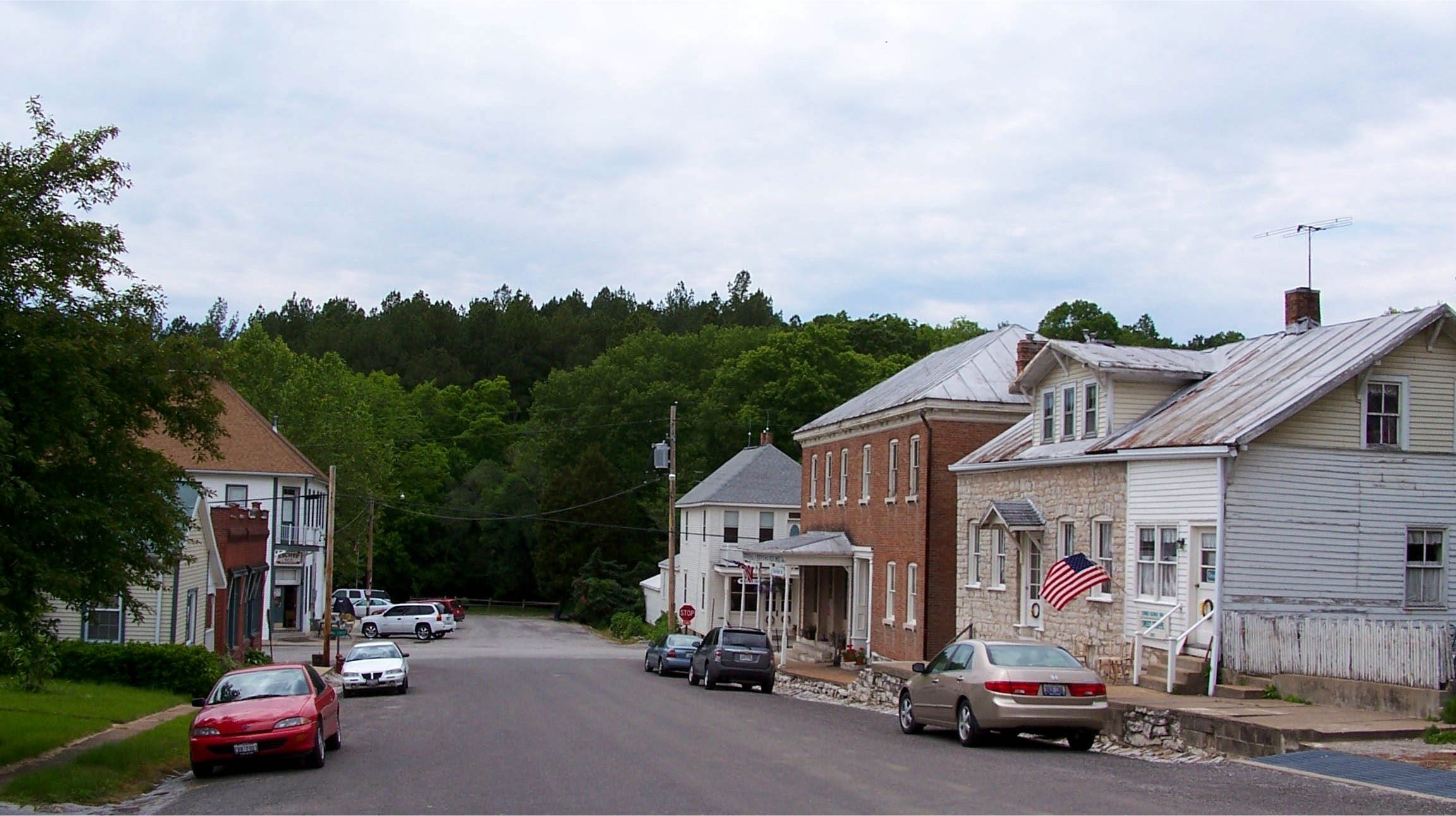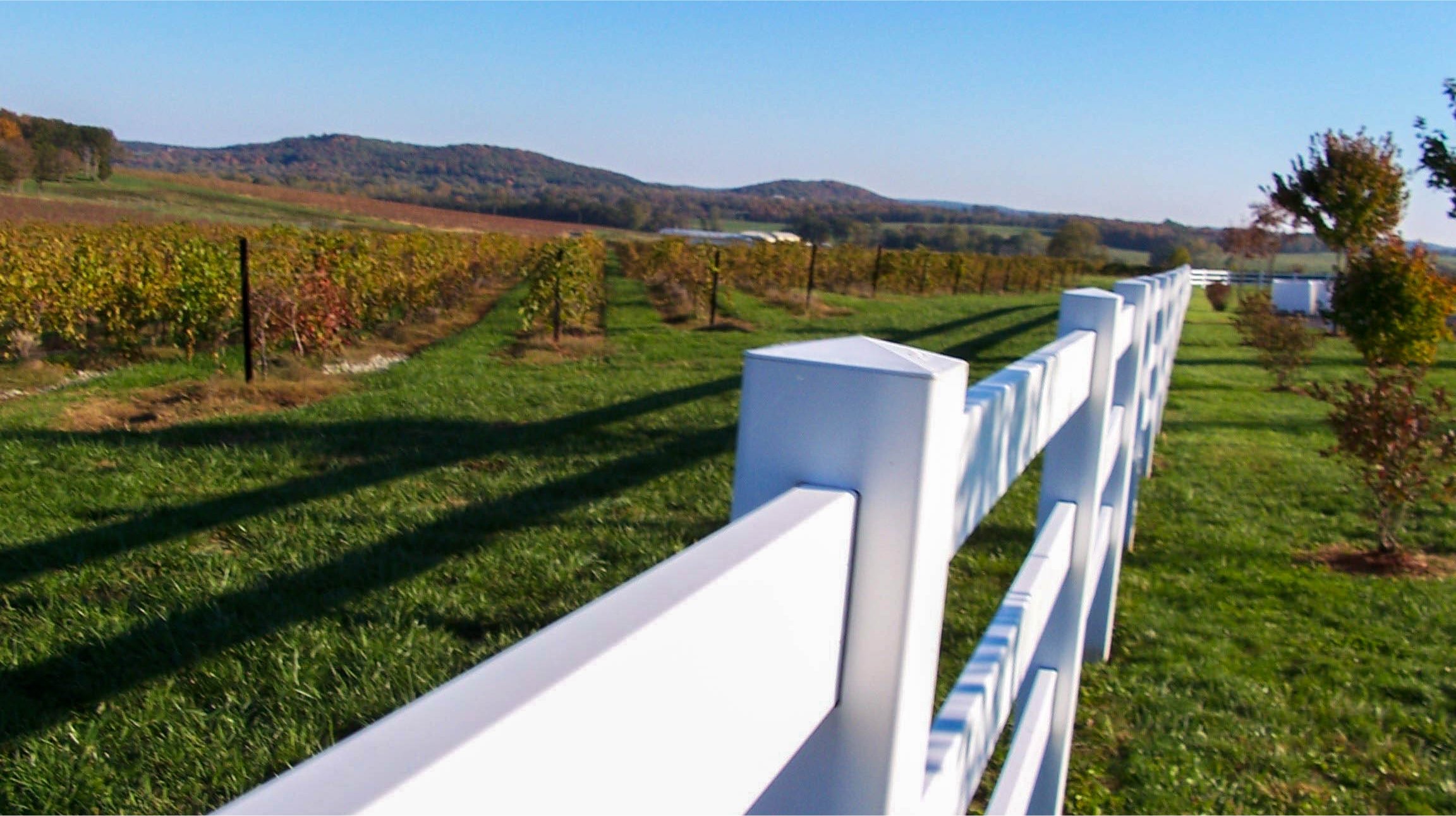123 North Church Street
Belleville, Illinois
618-222-9430
The Labor & Industry Museum's mission is to chronicle and interpret the area's rich cultural heritage of labor and industry. The Labor & Industry Museum is the only public institution devoted to the history of the labor and industry of Belleville and southwestern Illinois. Belleville was once one of the most significant centers for the growth of Illinois industry and ranked third in the nation in the late 19th century. Although the Belleville area was originally settled Americans moving west after the Revolutionary War its real growth began when a wave of immigrants, mostly of German descent, began in the 1830s. A second wave of immigrants who were escaping the political turmoil in Germany began arriving in the region in 1848 and at the time of the Civil War Belleville’s population was estimated to be 90% being either German born or of German descent.
After the Civil War, industries began to grow in Belleville, with companies making cast iron stoves leading the way. The production and the wealth generated from the stove foundry industry gave Belleville the moniker, the "Stove Capital of the World." The Labor & Industry Museum is has a permanent collection of 26 stoves dating from 1881 to 1940. By 1870, Belleville’s "smokestack industries" made it the second largest producer of manufactured goods in the state behind only Chicago.
Although organized labor existed in Belleville before the Civil War it was not until April 12, 1891, that a central body was organized. An organization called the Central Trades and Labor, which had existed since 1841, was expanded when the officers of the Cigar Makers' Union called a meeting which resulted in eight local unions consolidating their efforts. The original locals of this expanded organization were the cigar makers, glass blowers, molders, musicians, brewery workers, coal miners, carpenters, and stove mounters, The chief event for labor locally is the Labor Day celebration. In the morning a big parade is held, which is followed by a picnic, usually graced by a state or a national speaker in the afternoon. The museum chronicles the working class struggle and how it became the middle class in its Union Hall.
The Labor & Industry Museum is located in the four-room Conrad Bornman House in the historic district of downtown Belleville. Bornman, one of the first German immigrants to Belleville, originally built a 2½-room home in the classical severity of the German “Klassizimus” style that was popular in Germany during the 1830s and 1840s after he purchased a lot in 1837. Bornman sold his street house to German immigrant Charles Born in 1840. Born was a shoemaker by trade but changed careers at some point after the 1860s and opened a machine shop with two of his sons and enlarged the house twice to accommodate a machine shop. Born became a prominent citizen and served as a city alderman and city marshal. His son John Charles Born was the patent holder of six inventions of steam pumps, polishing lathes, and grinders.
The house was sold in 1913 to Charles Beck, who further expanded the building to house his cigar and tobacco manufactory. Beck fashioned all the equipment used in making his cigars, chewing tobacco and pipe tobacco, including a stripping machine, humidor and oven. A giant zinc-lined oven remains in the basement of the museum. The last cigar was made in the building in 1957. Beck was active in the affairs of the Cigar Maker’s Union and served as its vice president. He was instrumental in the formation of the Belleville Trades and Labor Assembly in 1891 and served as that organization’s first treasurer. The cigar business was closed in 1957 and the building was sold to Everett E. Sakasko, who operated Ed’s TV Repair Service.
In 1995, the North Church Street building was purchased by the East-West Gateway Coordinating Council, and the property was slated to be demolished to provide for a parking lot. The building was saved through the efforts of Downtown Development & Redevelopment, Belleville Tourism, and the Historic Preservation Commission. Originally slated to be a tourism center the building instead became a museum that focused what is considered Belleville’s Gilded Age, the era from 1865 to 1929. In 1998, an official board was formed to restore the building and develop the museum. After extensive renovation the restored building was dedicated December of 2000. Almost 1,400 people attended its Grand Opening in August of 2002.
In addition to the stove room and the Union Hall the museum’s other permanent collections include the Industrial Hall which chronicles the importance of Belleville's cast-iron stove industry and pattern-making. the museum also has displays of artifacts in exhibits ranging from casting and machining to glass-making, brewing, brick-making and stencil-making. The museum's collection includes over a thousand of these historical objects. The museum also features occasional exhibits from other regional organizations that don’t have a venue of their own.
Visiting The Labor & Industry Museum
Open every Saturday from 10 am - 2 pm or by appointment
Note about accessibility: The barrier free entrance is normally locked. Someone must enter from the front and ask for the entrance to be opened.
There is no charge to visit The Labor & Industry Museum, although donations are appreciated.
Explore the community of Belleville, Illinois area.
The Labor & Industry Museum - Official site of The Labor & Industry Museum.














